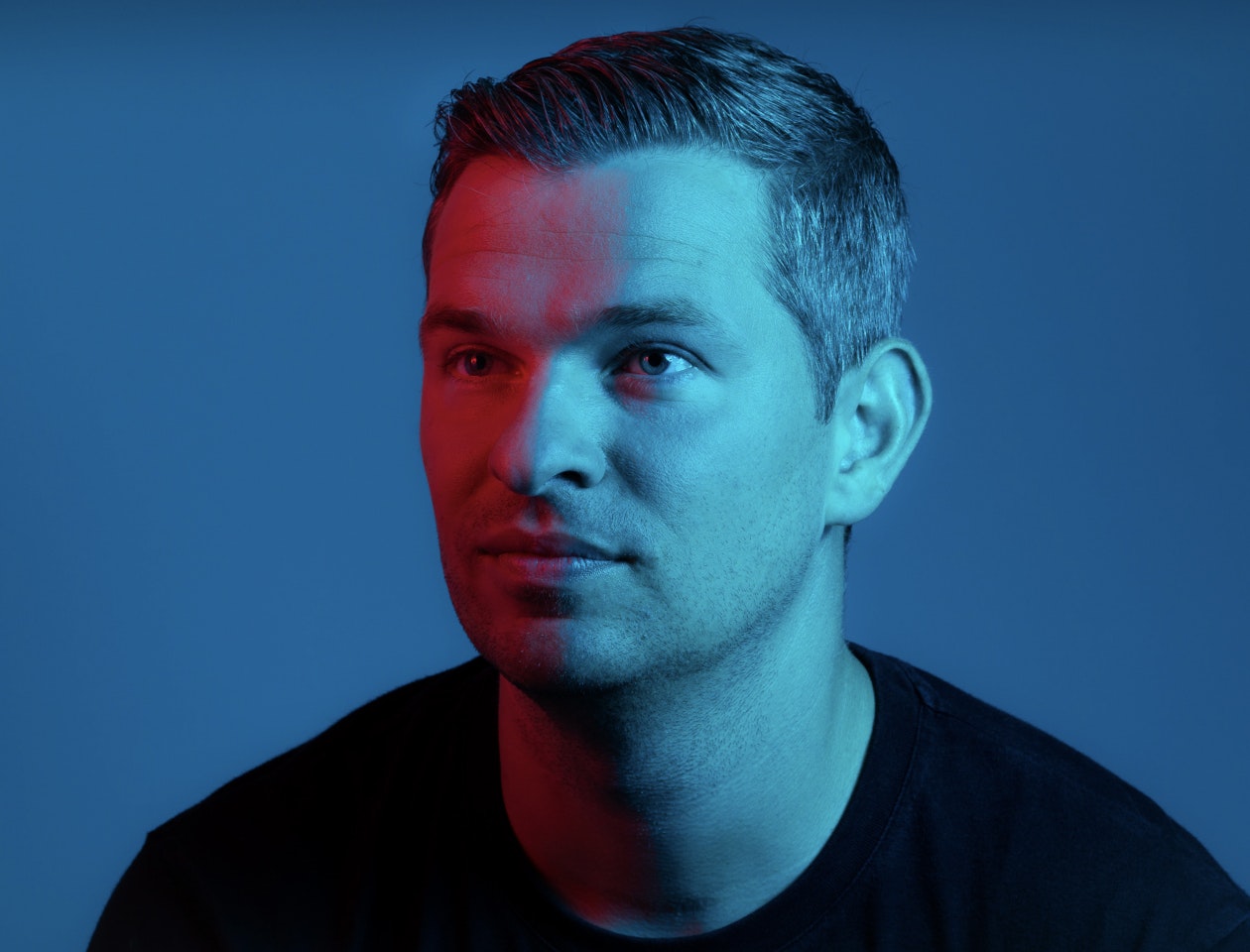Before you start a podcast, think. Do I have a really great and unique idea that offers listeners a different perspective to everything else out there? Do I have a big enough theme and a number of great guests in my network to create loads of podcast episodes? And, do I already know some people that might want to listen? If the answer is yes to all these questions, then you’re probably good to go.
In our Startup Life newsletter, Imriel Morgan, CEO of podcast marketing and PR Agency Content is Queen, gives her tips for standing out from the crowd.
Identify your audience
Often, podcasts are best started when you have an established audience. If you already have a number of subscribers to your blog, or if you’re part of a specific community — maybe that’s women in STEM or parents who work in startups — they could be your first listeners.
Use this group of people to test out your podcast idea: explain its theme to them (either in person or via a social media group or Slack community), what episodes you have planned, and who you would consider interviewing, to see whether your idea works — and if it’s interesting enough.
Start with a broad theme
You don’t want to pigeon-hole yourself into a niche category and only be able to reach a small audience — or run out of ideas for episodes down the line. For example, it might be better to start a podcast on cryptocurrency — rather than a vertical like Ethereum — as there are many topics and areas that you could expand to.
Before rolling out your podcast publicly, create a rough list of at least 30 episodes that you could do to make sure that a) you have enough material in the short term and b) that the theme you’ve chosen is expansive enough.
Be clear on your messaging
There are a ton of podcasts out there, especially in the business category. To stand out, make sure you’re really clear in the name, description and tagline of your podcast, explaining exactly what it is and what it does, as this will serve as a strong hook for listeners. Make your podcast name easy for people to discover online: choose a straightforward, snappy name — spelled in an obvious way. That will help it be more memorable too.
Get listener feedback
Once you’ve got your podcast going and you’re starting to get a bulk of listeners who are visibly sharing your content on socials, consider running a listener survey. Questions could include: are you listening to this podcast? If not, why not? What particular things do you like? What would you improve?
If you already have an established audience before starting your podcast, you could consider running a survey pre-launch — sending them similar questions to the above along with a sample of audio, so that you can test out and iterate the podcast before putting it out there. If you have a mailing list for your listeners, you could send the survey as an email. Otherwise, post it on your social media accounts and/or mention it on a podcast episode.
Monitor your podcast’s performance
You can do this using the analytics either from your podcast host — we use Acast, as we find that it has the most robust and easy to understand analytics — or through your podcast distributor like Spotify. Look at things like download numbers and listening numbers and the countries where people are listening the most.
Spotify is probably the best place to find good data on the demographics of your podcast listeners — for example, their age, gender and where they’re located — which can be useful in terms of understanding who exactly your target audience is. You might find there are surprising audience pockets in places you hadn’t originally targeted (for example, in Uganda or Kenya) that you can further grow and develop.
Use social media to boost your listenership
Which platforms are your audience mostly hanging out on? LinkedIn and Pinterest are good for growing business podcasts — thought leadership already exists on these platforms and users are receptive to informative content.
Pinterest might not seem like an obvious choice, but it’s great for driving traffic. Put bespoke images, short video clips or audio grams on Pinterest with a link directly back to your podcast. You could also create a blog — on WordPress or Medium, for instance — with your show notes (a summary of the podcast with key takeaways), as this is a nice way of building an ecosystem around your podcast.
Consider cross-promotion with other podcasts
It’s one of the best ways to grow. If a podcast with a loyal following recommends your podcast, their audience is automatically more likely to listen. (It’s also much easier to convert existing listeners — who know what they like, what apps they use, and have a preferred way of finding shows — than people who rarely listen to podcasts.) It can be time consuming, but dig out other shows in your niche or industry and ask if you can place an ad within their podcast, or make a guest appearance on their show.
Leave sponsorship for further down the line
It’s really hard to launch a podcast with a sponsor from the get go. Typically, producers use monetising platforms like Acast or Audioboom to match with sponsors or advertisements — but these platforms usually need you to have a minimum of 10k listeners.
The other route is to ask brands you’ve worked with before to sponsor you. Don’t start thinking about sponsorship until you have at least a few episodes or a series of your podcast under your belt, a social media following and data showing number of listeners.
On the subject of.... Starting a podcast
📹 For the true beginners. Here’s a 10-minute video covering the basics for starting a podcast: from choosing a microphone and recorder to recording and editing your podcast smoothly.
📈 Boost your podcast’s discoverability. How can you make sure that new listeners find you and give your content a whirl?
🧵 Is social media useful for growing your podcast? A Twitter thread from an expert gives five reasons why it isn’t.
💸 How to record great podcast ads. If you’ve secured a sponsor for your podcast, or you’re plugging brands you genuinely like, here are some ways to make the ads you record sound sleek — and not cheesy.
📣 Create a podcast media kit. It can help your show get covered by journalists or sponsored by brands. Here’s an explanation of what it is, including a free template to help you get started.


